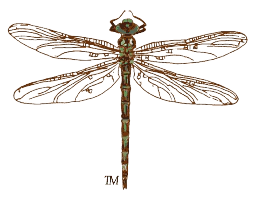What’s that Thing Attached to My Tree?
Chris, here are a few photos I pulled from my archives that we could choose from.
Black-and-white warblers are one of our earliest migratory birds. They “crawl along tree trunks and thick limbs, probing methodically between bark fibers for grubs and insects.” https://www.allaboutbirds.org/guide/Black-and-white_Warbler/lifehistory#food. Ball moss is an excellent habitat for insects and spiders. This warbler is foraging for spiders and insects hiding in the ball moss.
The next 3 photos represent a series of shots, starting out from a distance and zooming in just a little closer for the reveal.
Ball moss, which prefers to grow in a shady, humid environments among the lower and inner branches of a tree, may seem unkempt and unsightly, as in this photo 1.
But if we zoom in a little closer, we might discover something few of us are ever likely to notice just below the big ball moss in the center of Photo2.
And now, zooming just a bit closer, you can see a small cup-like structure attached to a pencil-sized limb in Photo 3. The tiny lichen-covered nest is almost indistinguishable from the ball moss and the other lichen covered branches. This tangled habit of ball moss, spiderweb, and lichen is a common nesting spot for our Black-chinned Hummingbirds.
After just a few weeks, this female black-chinned hummingbird fledged her two nestlings from the nest in the three photos above.
Here’s another series of hummingbird photos that show both ball moss and lichens.

